Hi there! We’re Shahina Khan and Khurram Pervaiz Khan, the creators of NoodleMagazine. We started this site as a way to connect with people like you—those who love finding practical tips, real stories, and easy ideas to make life healthier and more enjoyable.
If you’re passionate about health, food, and fitness and have a skill for writing, we’d love to invite you to contribute to NoodleMagazine. Whether you’re a seasoned pro or someone just starting to put thoughts into words, there’s room for you here. Let’s talk about what we’re looking for, why we value your voice, and how you can get involved.
What Makes Writing for NoodleMagazine Worthwhile?
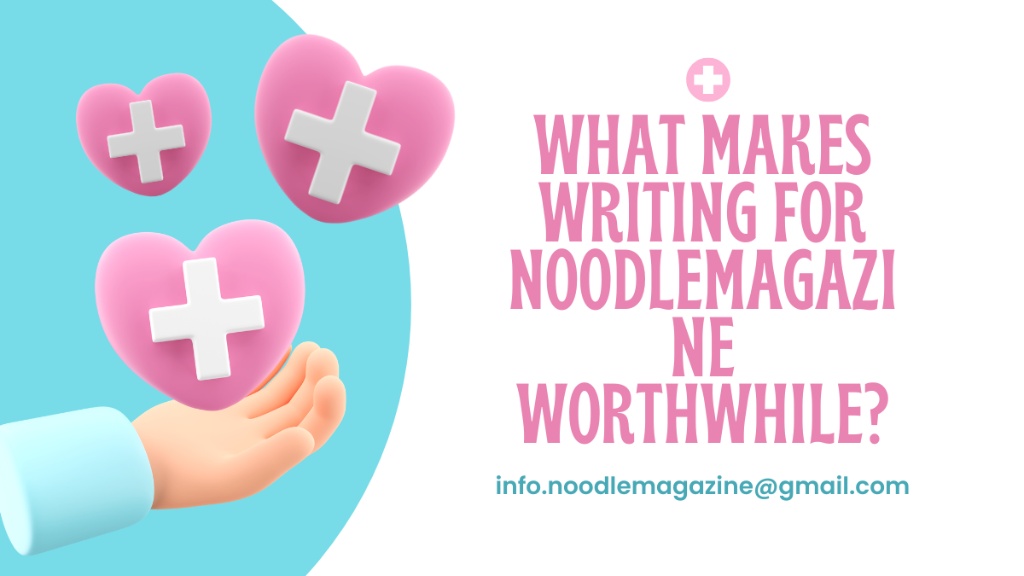
Let’s be real—there are tons of blogs and websites out there about health, food, and fitness. But at NoodleMagazine, we aim to keep things simple, relatable, and full of personality. We know life gets busy, and everyone’s faking a million things. That’s why we focus on realistic advice, recipes you can whip up quickly, and fitness routines that don’t require you to buy a ton of fancy equipment or carve out hours of your day.
When you write for us, you’re not just sharing your knowledge—you’re joining a community of readers and writers who appreciate honest, actionable content. Your article might help someone find the perfect weeknight dinner idea, understand a fitness trend they’ve been curious about, or finally feel confident tackling their health goals.
What Kind of Content Do We Look For?
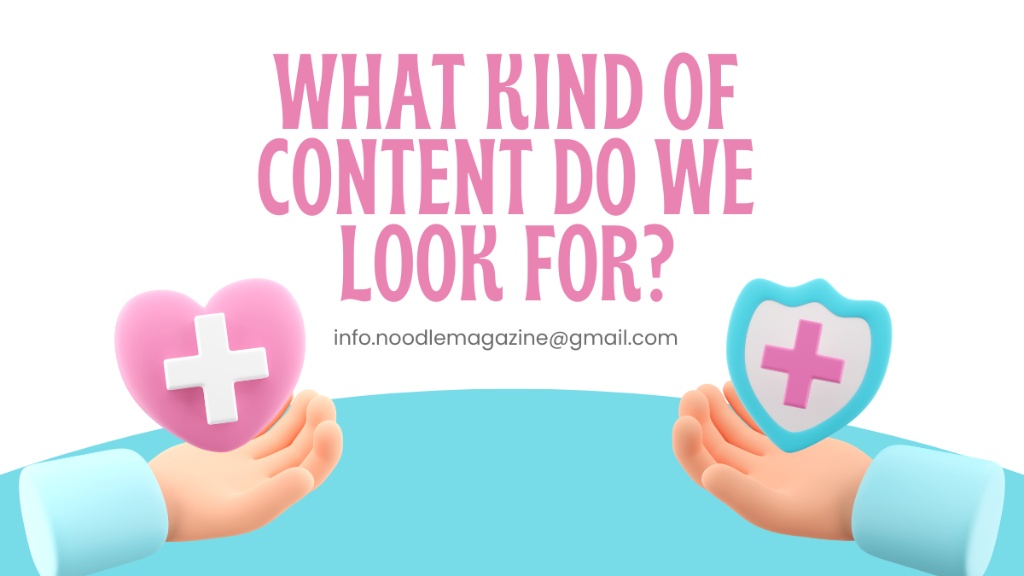
Here’s the scoop:
Health
- Do you have tips on managing stress, improving sleep, or maintaining good mental health?
- Are you an expert in specific health conditions or holistic practices?
- Can you break down scientific topics into plain, easy-to-understand language?
We want to hear about what’s working for you or your clients and share strategies that our readers can actually use in their daily lives.
Food
- Do you have recipes that are quick, affordable, and delicious?
- Can you talk about food trends, nutritional hacks, or how to shop smarter at the grocery store?
- Are you great at explaining the benefits of specific ingredients or how to plan balanced meals?
We’re big on food that’s nourishing but doesn’t feel like a chore to prepare. If you can turn a simple recipe into a crowd-pleaser, we’re all ears.
Fitness
- Love sharing workouts for different fitness levels?
- Have insights into staying motivated or overcoming fitness plateaus?
- Know how to make exercise fun for kids, busy parents, or beginners?
From bodyweight exercises to outdoor adventures, we want fitness content that inspires readers to move in ways that fit their lifestyle.
List of Popular Topics We Can Accept:
Health:
- Nutrition and meal planning.
- Managing chronic diseases.
- Mental health and self-care.
- Healthy habits and lifestyle changes.
- Disease prevention and management.
- Healthcare and medical advancements.
- Healthy aging and longevity.
- Sleep and relaxation techniques.
- Alternative therapies and holistic health.
- Immunization and vaccinations.
- Oral health and dental care.
- Eye health and vision care.
- Gut health and digestive well-being.
- Sexual and reproductive health.
- Hormonal balance and endocrine health.
- Brain health and cognitive function.
- Skin health and dermatological care.
- Genetic testing and personalized medicine.
- Occupational health and workplace wellness.
- Environmental health and toxin reduction.
- Health disparities and access to care.
- Palliative and end-of-life care.
- Health screening and regular check-ups.
- Substance abuse prevention and recovery.
- Managing pain and chronic discomfort.
- Integrative medicine and complementary therapies.
- Immune system support and strengthening.
- Understanding medical insurance and healthcare costs.
- Nutrition supplements and functional foods.
- Understanding and managing allergies.
Fitness:
- Workout routines and exercise plans.
- Strength training and weightlifting.
- Cardiovascular health and endurance.
- Flexibility and mobility exercises.
- Yoga and Pilates.
- Running and marathon training.
- Swimming and water-based workouts.
- Dance-based workouts and Zumba.
- Functional training and injury prevention.
- High-intensity interval training (HIIT).
- Circuit training and boot camps.
- Cycling and spin classes.
- Bodyweight exercises and calisthenics.
- CrossFit and functional fitness competitions.
- Barre workouts for strength and posture.
- Rowing and indoor rowing workouts.
- Balance and stability training.
- Interval running and sprint workouts.
- Strengthening the core and improving posture.
- Suspension training with TRX.
- Low-impact workouts for joint health.
- Agility and speed drills for sports performance.
- Plyometrics and explosive strength training.
- Resistance band exercises and portability options.
- Group fitness classes for motivation and community.
- Kettlebell workouts for total-body strength.
- Progressive overload and training periodization.
- Pre- and post-natal fitness.
- Mind-body exercise modalities like Tai Chi.
- Tracking and monitoring fitness progress with wearables.
Wellness:
- Mindfulness and meditation practices.
- Stress management and anxiety reduction.
- Self-care routines and rituals.
- Aromatherapy and essential oils.
- Holistic health practices.
- Building resilience and coping skills.
- Healthy relationships and communication.
- Work-life balance and productivity.
- Emotional intelligence and well-being.
- Positive psychology and fostering gratitude.
- Journaling and reflective writing practices.
- Nature therapy and eco-therapy.
- Art therapy and creative expression for well-being.
- Music therapy and sound healing.
- Sleep hygiene and bedtime routines.
- Guided imagery and visualization techniques.
- Breathing exercises for relaxation.
- Setting personal boundaries and assertiveness.
- Spiritual wellness and personal growth.
- Brain training and mental exercises.
- Nutrition for emotional well-being.
- Digital detoxing and reducing screen time.
- Time management and prioritizing personal goals.
- Massage therapy and bodywork for relaxation.
- Laughter therapy and humor for mental health.
- Workplace wellness programs and initiatives.
- Acupuncture and Traditional Chinese Medicine approaches.
- Light therapy and circadian rhythm alignment.
- Social support systems and community connection.
- Financial wellness and stress reduction around money.
How to Write Content That’s Helpful and Useful
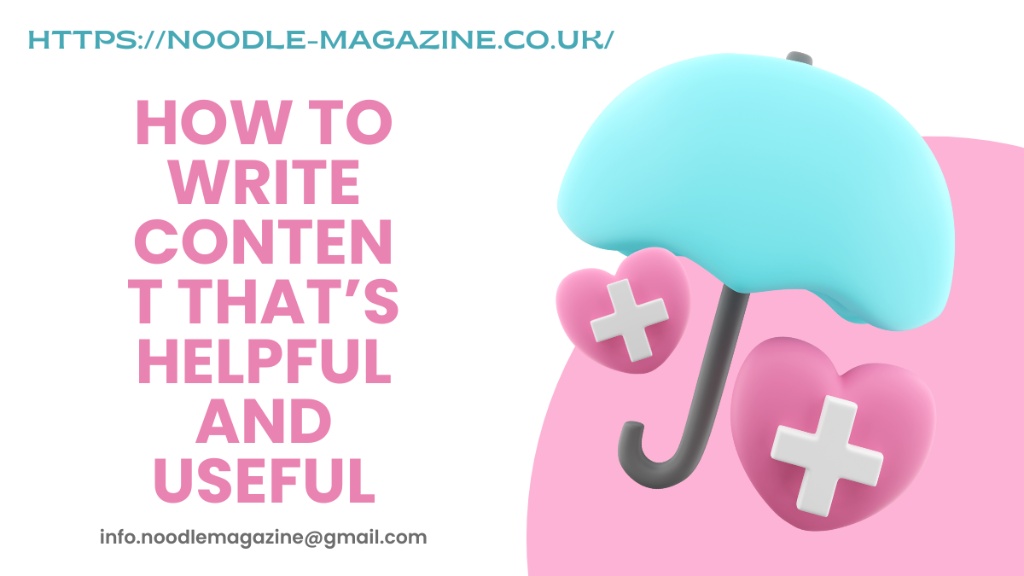
We know writing can feel daunting sometimes, but it doesn’t have to be. Here’s how to craft articles that leave an impact:
Know Your Audience
Think about who you’re writing for. Are they beginners looking to improve their health? Busy parents trying to find time for fitness? Are food lovers searching for easy recipes? Tailor your content to their needs, and always focus on being relatable and practical.
Example:
- Instead of saying, “Everyone needs 8 hours of sleep,” write, “If getting 8 hours of sleep feels impossible, try starting with small changes, like turning off screens 30 minutes earlier.”
Keep It Simple
Skip the jargon and write as if you’re talking to a friend. Complex language can make articles feel intimidating. Aim for clarity and keep sentences short and to the point.
Example:
- Instead of “Engage in aerobic cardiovascular exercises to enhance your metabolic output,” he says, “Try walking, jogging, or cycling to boost your energy and burn calories.”
Structure Matters
People love content they can skim. Use headings, subheadings, and bullet points to break things up.
Example of a Great Structure:
- Title: “5-Minute Exercises to Do at Your Desk”
- Intro: Briefly explain why this topic matters.
- Tips: Include simple exercises with clear instructions (e.g., seated leg raises, shoulder rolls).
- Outro: Encourage readers to try them daily.
Use Examples and Real-Life Scenarios
Your article will feel more personal and engaging if you include relatable examples. If you’re suggesting a meal plan, mention what worked for you or someone you know.
Example:
- When I began meal prepping, I stuck to basics: baked chicken, a batch of rice, and lightly steamed vegetables. It made my weeknights so much easier!
Back It Up with Research
Whenever possible, include credible sources to support your advice. You don’t need to overload your article with stats, but referencing a study or expert opinion adds credibility.
Example:
- Research conducted by XYZ University revealed that individuals who practice meal prepping are 40% more likely to achieve their dietary goals.
End with Actionable Takeaways
Make sure your readers leave with something they can try right away. Whether it’s a recipe, a fitness tip, or a health hack, give them clear steps to follow.
Example:
- “Here’s a quick recipe you can try tonight: Boil pasta, toss it with olive oil, garlic, and chili flakes, and top with grated Parmesan. It’s simple, affordable, and delicious!”
Understand From a Topic of Wellness & Mental Health
Well-being is all about living in balance—physically, mentally, and emotionally. We’re looking for content that helps our readers take care of themselves, whether it’s through mindfulness, nutrition, fitness, or mental health.
Example Topics:
- “5 Ways to Practice Mindfulness Daily”
- “How to Manage Anxiety with Simple Techniques”
- “The Best Foods for Mental Clarity and Focus”
A Complete Guide to Writing a Helpful Article
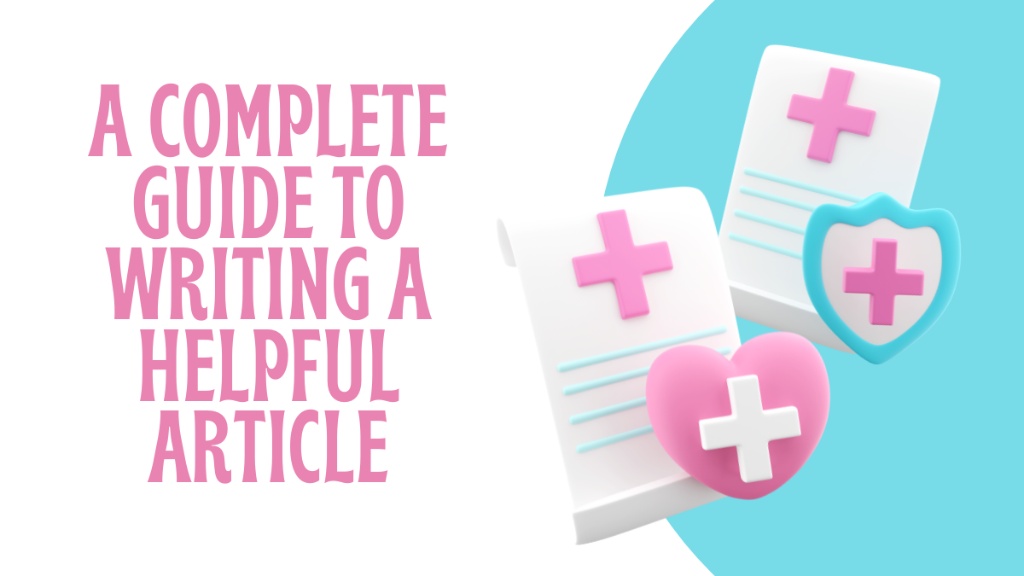
Follow these steps to create an article that genuinely helps your readers:
- Start with a Strong Title:
- Make it specific: “5 Easy Lunch Ideas for Busy Moms” works better than “Healthy Lunch Ideas.”
- Hook Them with the Intro:
- Start with a question, a personal story, or a relatable problem.
- Example: “Ever found yourself staring at the fridge at 7 PM, wondering what to cook? We’ve been there!”
- Break Down the Content:
- Use subheadings to organize your article.
- Example: For a fitness article, you might use sections like “Warm-Ups,” “Main Workouts,” and “Cool Downs.”
- Make It Scannable:
- Use short paragraphs, lists, and plenty of white space.
- Keep It Practical:
- Share step-by-step instructions, examples, or templates.
- Conclude with Encouragement:
- Wrap up with a motivational message or a reminder of why the content matters.
Who Can Contribute?
You don’t have to be a certified expert to write for us. Sure, we’d love to hear from trainers, dietitians, and health professionals, but we’re also open to everyday people who have a story to share. Maybe you’ve been on your fitness journey or learned a thing or two about meal prepping. If you’ve got a unique perspective or practical advice, we want to read it.
How to Write for Us
We know writing can sometimes feel overwhelming, so let’s break it down:
- Be yourself. Write the way you’d talk to a friend.
- Keep it useful. Our readers are busy—share tips and insights they can use right away.
- Stay grounded. No need for jargon or over-the-top claims. Be authentic and straightforward.
- Make it original. We’re looking for fresh ideas and perspectives, not content that’s already floating around on a hundred other sites.
Content Guidelines
Here are a few things to keep in mind:
- Word Count: Aim for 800–1,200 words per article.
- Tone: Friendly, conversational, and relatable. Think of it as talking to a buddy, not delivering a lecture.
- Structure: Use headings, subheadings, and bullet points to make your article easy to read.
- Sources: If you’re referencing studies or stats, include credible sources.
What’s in It for You?
Apart from being featured on NoodleMagazine, writing for us lets you:
- Share your expertise: Reach an audience that values your knowledge.
- Build your portfolio: Your article can be a great addition to your writing samples.
- Connect with others: Be part of a community that’s all about helping people live better lives.
How to Submit
Ready to get started? Here’s what to do:
- Email us at [info.noodlemagazine@gmail.com] with “Write for Us Submission” in the subject line or fill the form below
- Include a short bio (2–3 sentences) about who you are and what you love writing about.
- Attach your article as a Word doc or paste it directly into the email.
A Final Word
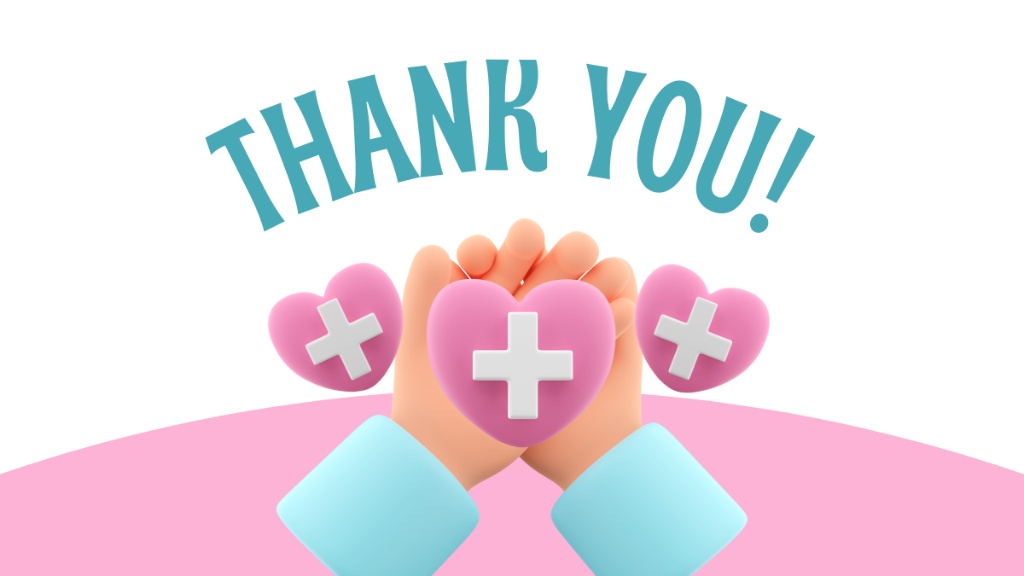
We created NoodleMagazine because we love connecting with people over ideas that matter. Health, food, and fitness aren’t just buzzwords—they’re part of everyday life, and we believe they should feel approachable, not overwhelming.
If you’ve got something to say, we’re here to listen. So, hold your keyboard, and let’s get started!
Warmly,
Shahina & Khurram
NoodleMagazine

